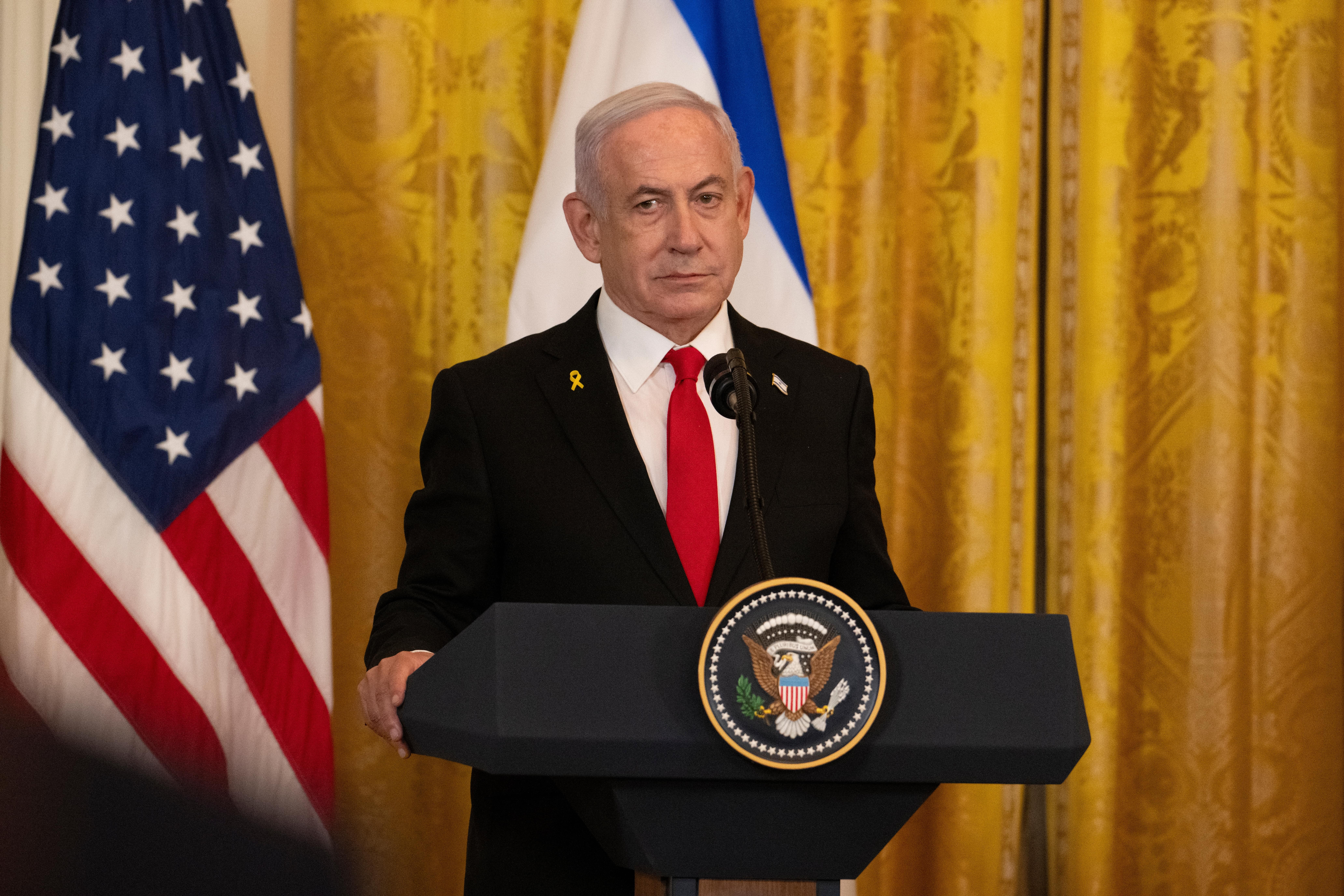US President Donald Trump and Israeli Prime Minister Benjamin Netanyahu unveiled a comprehensive plan on 29 September to resolve the Gaza conflict.
Trump’s 20-point peace framework emerged after extensive consultations with key Arab and Muslim countries, including Egypt, Qatar, and Turkey.
According to US officials, Israel’s airstrike on Doha, which violated Qatari airspace and targeted Hamas negotiators, triggered Trump’s intervention.
With Israel having already met its major military objectives in Iran, Lebanon, and Gaza, Trump applied direct pressure to halt the ongoing war.
On 8 October, Trump announced the signing of the first phase of the agreement between Israel and Hamas, marking a fragile but hopeful pause in hostilities.
Ceasefire, Prisoner Releases, and Humanitarian Actions
The first stage of Trump’s plan orders an immediate ceasefire and suspension of all combat operations.
Israeli forces must freeze frontlines while Hamas releases all Israeli hostages—alive or deceased—within 72 hours.
In exchange, Israel must release approximately 1,950 Palestinian prisoners, including 250 serving life sentences and 1,700 detained since the conflict began.
This initial step focuses on restoring humanitarian access and stabilising conditions for civilians across Gaza.
Both sides agreed to allow aid organisations unrestricted entry to deliver urgent food, water, and medical supplies.
Officials said the process will be monitored by US, Qatari, and Egyptian observers to ensure compliance from all parties.
Security Reform and International Oversight
Phase two of the plan will begin after the release of all hostages.
This stage requires Hamas to dismantle its offensive weapons, destroy its tunnels, and surrender its remaining military infrastructure.
Trump’s team envisions Gaza as a “de-radicalised, terror-free zone” that poses no threat to neighbouring countries.
The plan also offers conditional amnesty to Hamas members who renounce violence and choose peaceful reintegration or exile.
An international stabilisation force, made up of US, Arab, and European troops, will secure the area and train a new Palestinian police force.
The force’s mission will focus on maintaining internal order and preventing militant rearmament, ensuring long-term peace and regional stability.
US envoy Brad Cooper confirmed that this multinational force would oversee operations from bases outside Gaza’s borders.
Governance, Reconstruction, and Political Future
The third and final phase establishes a transitional administration run by Palestinian technocrats under international supervision.
This government will handle Gaza’s reconstruction, public services, and infrastructure projects, supported by funds from global donors.
The United Nations and the Red Crescent will manage humanitarian aid distribution to ensure transparency and equitable delivery.
The plan encourages Palestinians to stay and rebuild their communities, providing incentives and development assistance to families returning to their homes.
Once reconstruction begins, talks between Israel and the Palestinian Authority will set the foundation for a permanent political settlement.
Gaza will operate under a neutral administrative council, composed of local experts and international advisers, guided by the new “Board of Peace.”
Trump will chair this board alongside former UK Prime Minister Tony Blair and other international representatives.
Although the agreement recognises Palestinian statehood as an eventual goal, the United States stopped short of officially recognising it.
On 30 September, Netanyahu rejected any immediate creation of a Palestinian state, reaffirming that Israel would retain oversight of regional security.
The peace plan represents a complex, multi-stage framework that could reshape Gaza’s future—if both sides honour their commitments.


